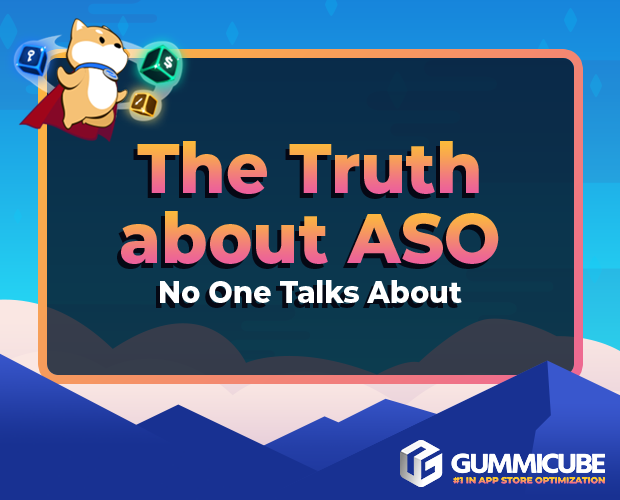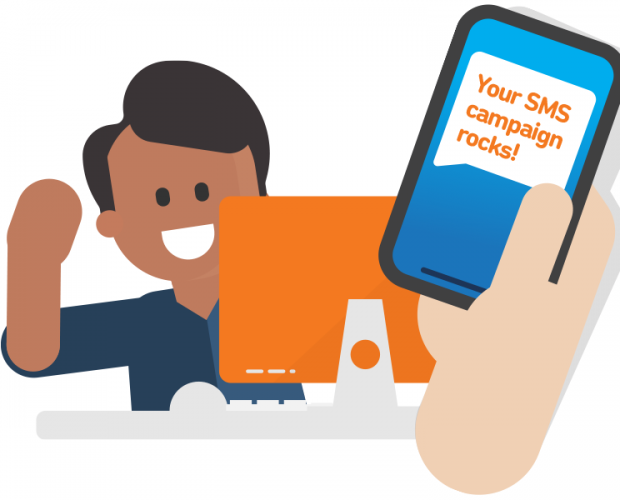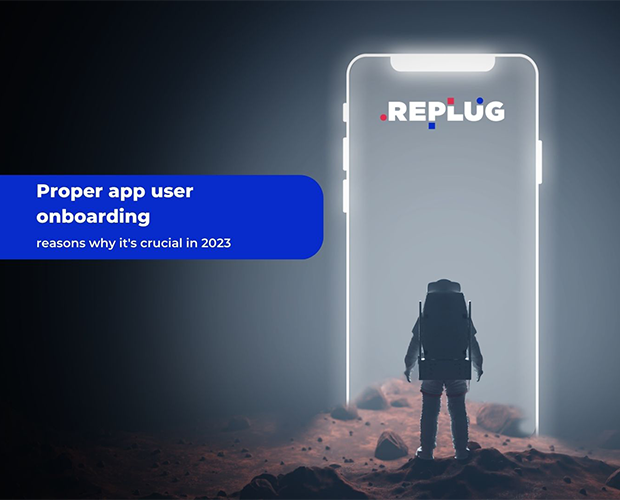What marketers need to know about Apple's SKAdNetwork 4.0
Andre Kempe, Founder at Admiral Media, looks at Apple's moves to make its SKAdNetwork more user- and app developer-friendly.
 Apple’s WWDC 2020 forever changed the digital marketing landscape, with Apple announcing the launch of its SKAdNetwork API. Apple’s new privacy measures meant app owners no longer had unlimited access to user data. Instead, app owners would have to ask the user's permission using a standardized prompt, created by Apple. Now Apple is back again, with welcome news for app owners. At WWDC 2022 this month, Apple revealed that it would be updating its SKAdNetwork to be more user-friendly and meet the desires of many app owners. Let’s break down exactly what Apple has packed into the update.
Apple’s WWDC 2020 forever changed the digital marketing landscape, with Apple announcing the launch of its SKAdNetwork API. Apple’s new privacy measures meant app owners no longer had unlimited access to user data. Instead, app owners would have to ask the user's permission using a standardized prompt, created by Apple. Now Apple is back again, with welcome news for app owners. At WWDC 2022 this month, Apple revealed that it would be updating its SKAdNetwork to be more user-friendly and meet the desires of many app owners. Let’s break down exactly what Apple has packed into the update.
SKAdNetwork 4.0, what is it, and what's new?
SKAdNetwork 4.0 attempts to deliver advertisers and app users the best of both worlds. By ensuring user data is still protected and providing app owners with more (ethical) access to data-tracking, SKAdNetwork 4.0 is a more equal solution in the era of data privacy. The new SKAdNetwork offers the following features and functionalities:
- More insights into customer interactions
The current version of SKAdNetwork (3.0) only allows advertisers to receive one postback from their ad promotion. With SKAd 4.0, marketers will be able to obtain postbacks for numerous conversion windows, giving them more insight into how a customer interacts with an app after installing it. This data will allow advertisers to create ads based on these interactions.
- More choice in campaign information
The Hierarchical source ID allows marketers to attribute installations to campaigns, as well as extra attribution information. Advertisers can generate a four-digit number based on their objectives, such as campaign values, ad placement, or ad creative type (depending on the number of installs and the level of privacy satisfied by the campaign). This means advertisers have more choice in their mobile app campaigns, as well as more attribution information when they meet the acceptable level of privacy standards.
- More learnings from smaller campaigns
Hierarchical conversion values will essentially allow advertisers to access more information about small campaigns. The current make-up of SKAdNetwork gives conversion values a number between 0-63, used for measuring up to six events, within 24 hours. If the ad campaign did not reach Apple’s undefined privacy standards, within the 24-hour window, advertisers will not be able to access valuable information (conversion value, source app, etc.) Hierarchical conversion values will be available in two varieties: coarse-grained (which is divided into three categories: low, medium, and high degrees of anonymity, each with its own privacy threshold) and fine-grained (current SKAdNetwork).
- New copy and paste permissions
The iOS 14 release in 2020 includes a banner that warns users when an app pastes from the clipboard, letting consumers know when an app is accessing the material on the clipboard without their permission. The new update goes a step farther toward user privacy by asking for permission to copy and paste between applications. The purpose is to prevent programs from accessing confidential material on a user's clipboard without their express permission. This is an aspect of the update that provides users with more protection, in a bid to create equilibrium.
- Web-to-App Attribution comes to Safari
With the current SKAdNetwork, advertisers that want to track consumers sent to the App Store after clicking on a mobile web display cannot get this access. Currently, advertisers can track across apps and from app to web on Safari. However, with SKAdNetwork 4.0, advertisers will now be able to track web-to-app attribution on Safari.
How SKAd 4.0 can improve marketers' lives
With SKAd 4.0, advertisers will be able to track app users on a more microscopic level. The addition of multiple conversion windows, hierarchical source identifiers, hierarchical conversion values, and web-to-app attribution opens up a world of data that advertisers have been estranged from for over two years. This allows marketers to create more personalized app advertisements. For example, using web-to-app attribution, an advertiser can see if users resonated with an online ad (enough to lead them to the app) and base future ads on this data. Whereas before, advertisers would have relied heavily on guesswork to fill in the gaps in web-to-app conversions.
From a marketer's perspective, SKAd 4.0 allows some of the privileges of the past, with a salute to the future. Apple and advertisers alike recognize that personalized ads and data privacy are a public good. SKAd 4.0 is a welcome compromise that allows marketers to improve ad performance while keeping user privacy intact.
Conclusion
Apple’s SKAdnetwork update is not random. Apple has been listening to feedback from app owners and advertisers over the last year, and has built this feedback into its software. At the time of its launch, the industry was shocked, and many people were upset that they had not been consulted before the launch of SKAd 4.0. However, Apple appears to be making amends with the advertising industry and has massively improved tracking for advertisers, despite still allowing some limitations. Advertisers have a real chance to improve campaign performance by creating more tailored ads, based on a greater degree of user data.
.png)






